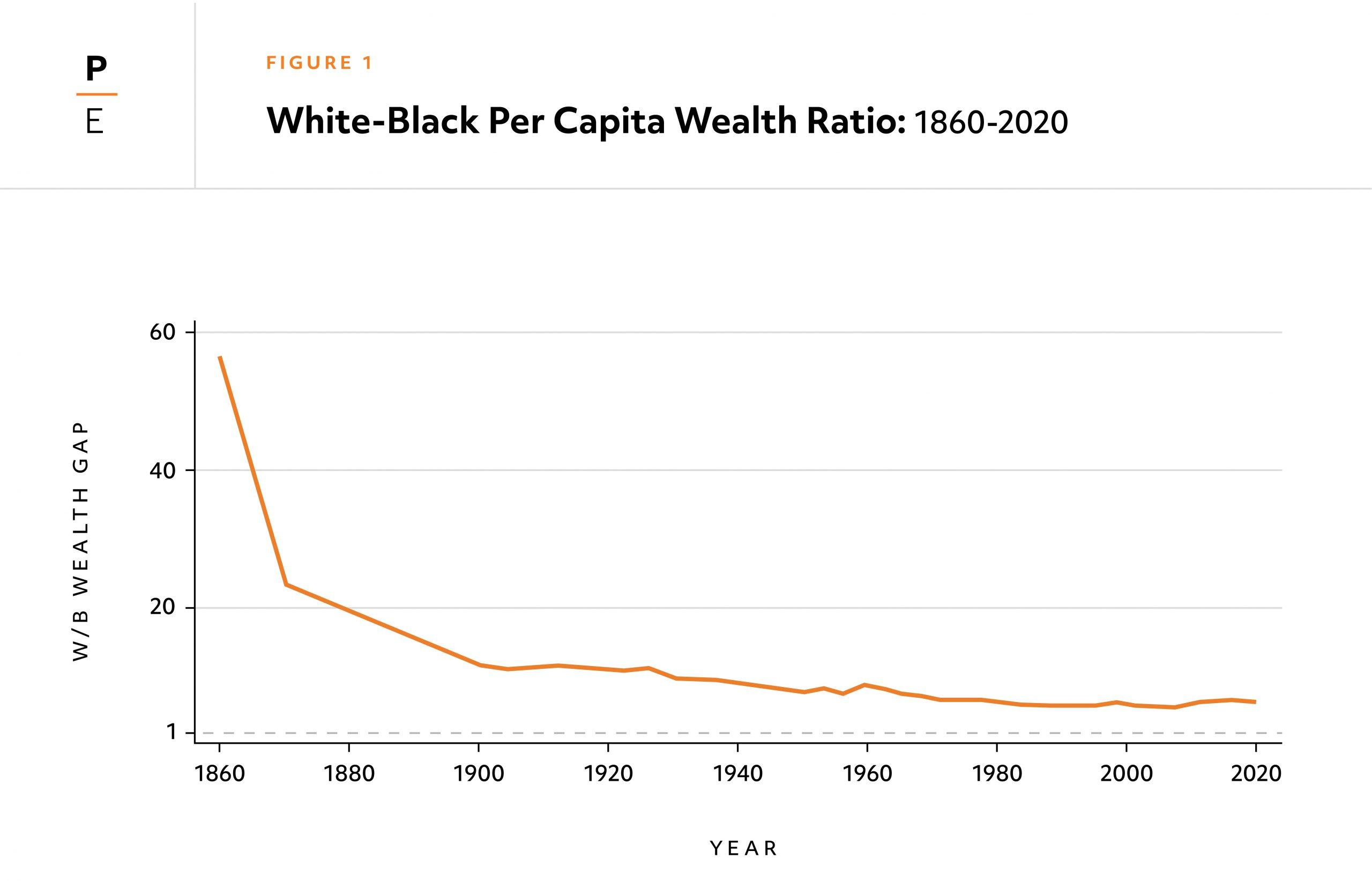In recent years, the dystopian narrative of Suzanne Collins‘ “The Hunger Games” has transcended its literary origins to become a cultural touchstone, reflecting and amplifying societal concerns about wealth inequality. Set in a future where the opulent Capitol wields control over the impoverished districts, the series offers a stark portrayal of economic disparity and social stratification. This article critically examines how “The Hunger Games” not only mirrors contemporary anxieties about the growing chasm between the affluent and the indigent but also shapes public discourse on wealth distribution and social justice. By dissecting the nuanced depiction of class struggle and power dynamics within the narrative, we aim to explore the broader cultural impact of the series and its role in influencing perceptions of economic inequality in modern society.
Contrasting Socioeconomic Strata: A Critical Examination of Panems Districts and the Capitol
In Suzanne Collins’ dystopian world, wealth inequality is starkly illustrated through the juxtaposition of the Capitol and the districts of Panem. The Capitol stands as a bastion of opulence and indulgence, where citizens enjoy extravagant lifestyles marked by excessive consumption and superficial entertainment. In contrast, the districts, particularly those like District 12, endure relentless poverty and deprivation. The disparities are not just economic but deeply cultural, with the Capitol’s citizens living in ignorance of the districts’ hardships. This divide highlights the Capitol’s exploitation and control, using scarcity as a tool of oppression.
- Capitol’s Opulence: Lavish parties, high fashion, and technological advancements.
- Districts’ Struggles: Limited resources, labor exploitation, and survival challenges.
These contrasting socioeconomic strata serve as a critical commentary on modern-day wealth inequality, mirroring real-world issues of class division and resource allocation. The cultural impact of this depiction is significant, sparking discussions about the ethics of wealth distribution and the moral responsibilities of those in power. The narrative encourages audiences to question societal structures and the inherent injustices they perpetuate, making it a poignant reflection of our own world’s disparities.

Symbolism and Allegory: Wealth Disparities as a Reflection of Real-World Inequality
In The Hunger Games, the stark contrast between the opulent Capitol and the impoverished districts serves as a powerful allegory for real-world wealth disparities. This fictional world vividly illustrates how economic inequality can lead to systemic oppression and societal fragmentation. The Capitol’s extravagant lifestyle, filled with excess and indulgence, highlights the obliviousness of the wealthy to the struggles of the less fortunate. In contrast, the districts’ dire conditions underscore the deprivation and hardship faced by those marginalized by an unequal distribution of resources.
The symbolism of wealth disparity in the series is multifaceted, revealing insights into various aspects of societal inequality:
- Economic Control: The Capitol’s dominance over resources mirrors real-world power dynamics, where wealth concentration leads to economic control and manipulation.
- Social Stratification: The rigid class distinctions reflect the social barriers that prevent upward mobility, perpetuating a cycle of poverty.
- Resistance and Rebellion: The districts’ eventual uprising symbolizes the potential for collective action against systemic injustice, echoing historical and contemporary movements for social change.
By weaving these themes into its narrative, The Hunger Games not only entertains but also provokes critical reflection on the pervasive issue of wealth inequality, urging audiences to question and challenge the status quo.

Cultural Resonance: The Hunger Games as a Catalyst for Conversations on Economic Justice
The stark portrayal of wealth disparity in The Hunger Games series has sparked widespread discussions on economic justice, resonating with audiences who see parallels in their own societies. The fictional world of Panem, with its opulent Capitol and impoverished districts, serves as a poignant metaphor for real-world economic divides. This narrative backdrop offers a fertile ground for examining how wealth concentration affects social dynamics and perpetuates inequality. Suzanne Collins cleverly uses the Capitol’s extravagance to highlight the consequences of unchecked capitalism and the moral decay that often accompanies excessive wealth.
These themes resonate deeply in today’s global context, where economic inequality remains a pressing issue. The series encourages readers to reflect on several critical aspects of economic justice, such as:
- Resource allocation: The disparity in access to basic necessities between the Capitol and the districts mirrors real-world issues of resource distribution.
- Social mobility: The rigid class structure in Panem questions the possibility of upward mobility in societies with entrenched economic hierarchies.
- Power dynamics: The control exerted by the wealthy Capitol over the districts raises concerns about the influence of wealth on political power.
By engaging with these themes, The Hunger Games not only entertains but also provokes a critical examination of the economic structures that govern our world.

From Fiction to Action: Lessons and Recommendations for Addressing Wealth Inequality Today
The stark portrayal of wealth inequality in The Hunger Games serves as a potent reminder of the pervasive economic disparities in our own world. In the dystopian society of Panem, the Capitol thrives in opulence while the districts languish in poverty. This narrative draws parallels to the real-world issues of economic disparity, illustrating how wealth concentration in the hands of a few can lead to systemic oppression and social unrest. The cultural impact of this depiction has sparked a broader conversation about the need for reform and action in addressing these inequities.
- Redistribution of Wealth: Echoing the themes of the series, there is a growing call for policies that ensure a more equitable distribution of resources.
- Empowerment of Marginalized Communities: Just as the districts sought to reclaim power, there is a need to amplify the voices of those affected by economic disparities.
- Transparency and Accountability: The opaqueness of the Capitol’s wealth serves as a cautionary tale; transparent governance is crucial in mitigating inequality.
- Education and Awareness: The series has ignited interest in understanding wealth dynamics, highlighting the importance of educating the public on economic justice.
By drawing on these lessons, society can move towards actionable solutions that address the root causes of wealth inequality, much like the districts’ struggle for equity and justice in the world of The Hunger Games.
